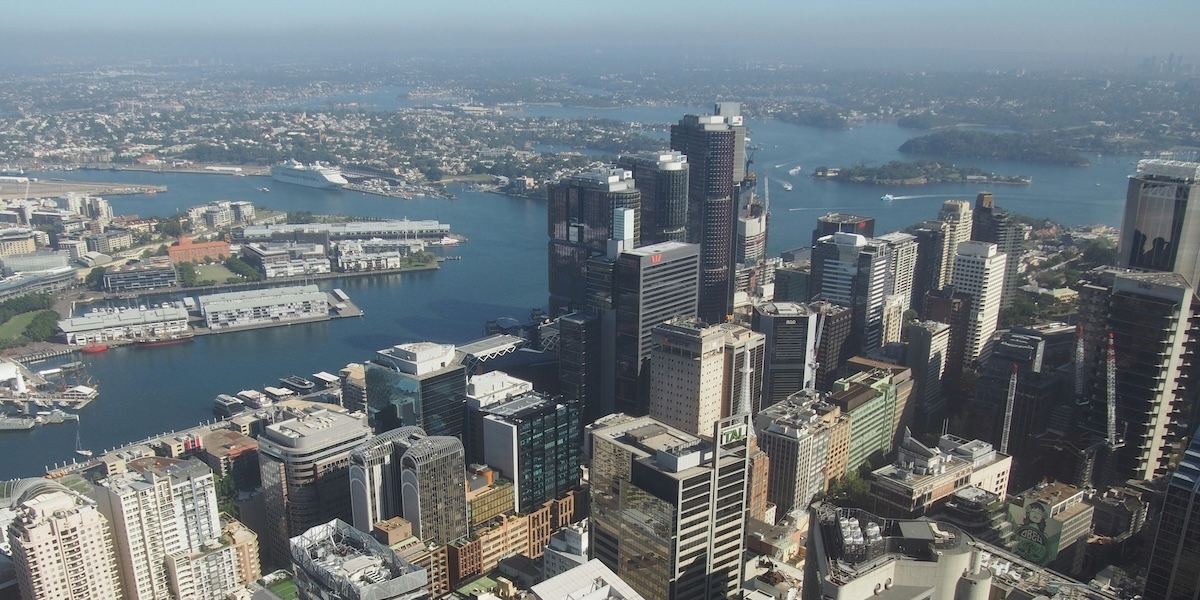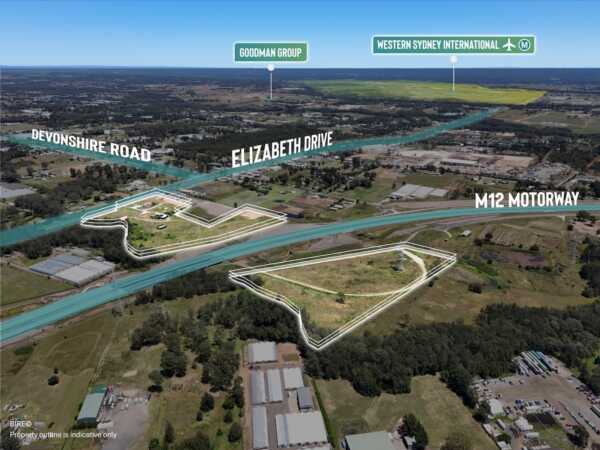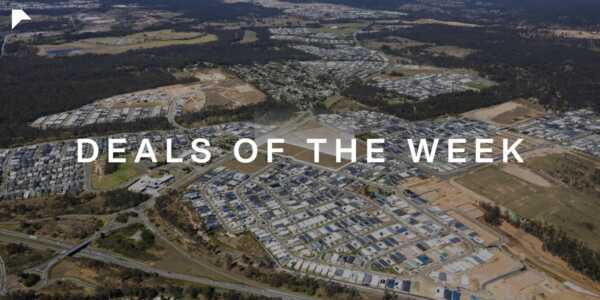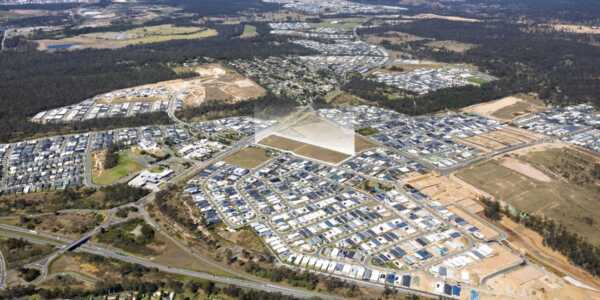Australia’s property industry remains optimistic, but the cracks are beginning to show.
The latest Procore/Property Council Confidence Survey reveals national sentiment holding steady at 124 index points, just one below the March quarter. An index score of 100 is considered neutral.
However, the topline figure masks mounting concern over a policy environment increasingly out of step with the urgency of Australia’s housing and infrastructure challenges.
Confidence Uneven Across Sectors
Property Council Chief Executive Mike Zorbas said the survey of 581 property professionals revealed mixed capital growth expectations across asset classes.
Confidence is strongest in residential, industrial, retirement living, and hotel assets — all supported by underlying demand and demographic trends.
However, sentiment around office and retail remains patchy, weighed down by ongoing uncertainty about return-to-office patterns and consumer spending.
“E-commerce growth, supply chain reshoring, demand for last-mile delivery facilities and data centre infrastructure are keeping logistics attractive with vacancy very low in some markets, including QLD, WA and SA,” Mr Zorbas said.
Prime office in well-connected CBD locations remains resilient.
“Supermarket-anchored neighbourhood centres and large-format retail are also performing well,” he said.
Planning Delays Stall Development
Planning reform emerged as the sector’s top priority, not just as a housing lever, but as a key driver of national productivity and investor confidence.
The survey points to widespread dissatisfaction with approval processes seen as slow, inconsistent and poorly aligned with market demand.
Queensland was the only state where forward work expectations improved, highlighting how state-based policy differences are already reshaping project pipelines.
In Victoria and the ACT, sentiment weakened, with developers anticipating further hurdles ahead.
Mr Zorbas said planning delays are weighing heavily on industry sentiment.
“The Productivity Commission tells us we are building homes half as fast as we were in 1995,” he said.
“May 2025 dwellings approvals only just broke 15,000, well below the 20,000 per month needed to hit the National Housing Accord’s 1.2 million homes by 2029 target.”
He said early reforms under the National Housing Accord were a welcome start.
“The National Housing Accord is driving a first wave of reforms that should address slow planning systems administered without enthusiasm for new supply of city assets, untimely departmental concurrences, and bottlenecks in providing power, water, and sewerage infrastructure,” he said.
Tax Settings Under Fire
Mr Zorbas said concern over tax policy spiked this quarter, with 20 per cent of respondents naming it a top barrier — the highest level since mid-2020.
“There is an increasing frustration over outdated tax policies that hinder investment and limit the development of new housing, commercial spaces, and industrial properties,” he said.
“This is particularly evident in Victoria, where confidence continues to slide under the weight of the country’s least predictable tax regime.”
With three dollars out of every ten spent on a new house going to government taxes, Mr Zorbas said we must stop levelling taxes so heavily at buyers.
“It is almost like we want to stop new supply by taxing it out of existence – as we do with cigarettes and alcohol,” he said.
He called for reforms that would unlock institutional capital — particularly from super funds — into new housing, starting with changes to regulatory guidelines.
“We need to roll out the red carpet to superannuation investment in the property assets our growing cities need through reform of RG 97 – the ASIC guidelines that misrepresent stamp duties as management fees and therefore divert investment away from housing.”









